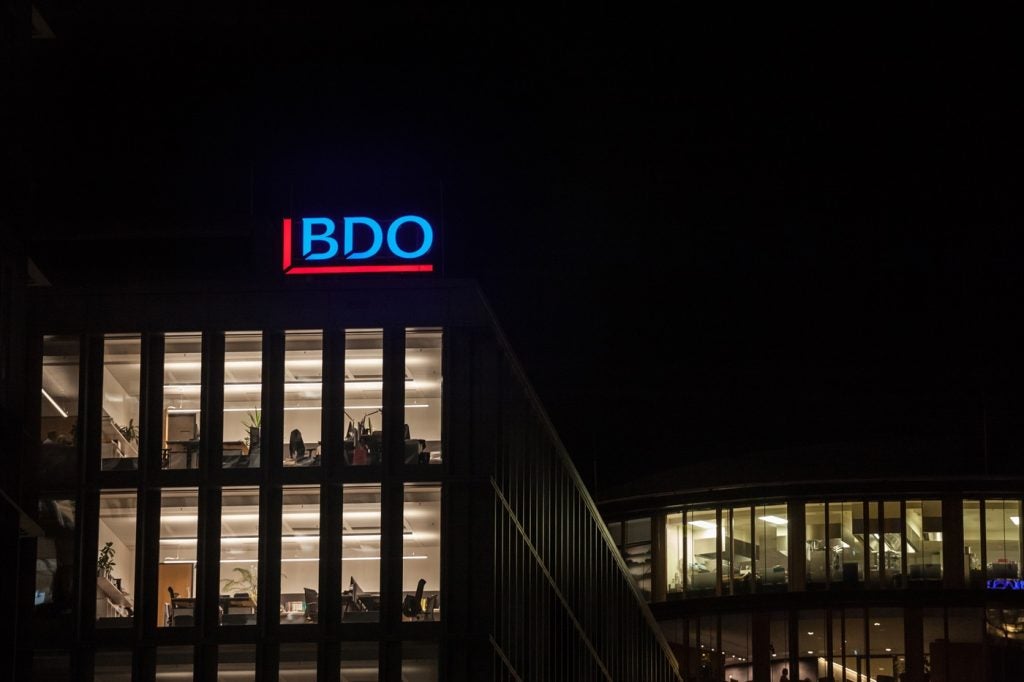
In the six years since the introduction of mandatory gender pay gap reporting in the UK, the mean hourly pay gap between men and women has reduced only modestly from 15.07% to 12.97% but there has been a discernible and encouraging rise in female representation at higher pay grades, according to BDO analysis of official data.
The findings are based on BDO’s analysis of around 5,300 companies, charities and public sector bodies which have reported their gender pay gaps in each of the last six years covering the whole period since the mandatory reporting requirement came into force.
While 65% of UK organisations have managed to make progress in narrowing the mean average gender pay gap between 2017/18 and 2022/23, in one third (34%) of organisations, this gap has increased.
While the average mean gender pay gap for companies reporting a closing gap moved from 19.1% in 2017/18 to 12.5% in 2022/23, the average for companies reporting a widening pay gap moved from 11.5% to 17.6% during the same period.
At the current rate of progress, BDO estimates that it will take 37 years to close the mean hourly gender pay gap and 63 years to close the median pay gap.
While the figures paint a mixed picture in terms of the progress being made in closing gender pay gaps, there has been a discernible and positive increase in the representation of women in higher pay grades over the six-year period to 2022/23.
How well do you really know your competitors?
Access the most comprehensive Company Profiles on the market, powered by GlobalData. Save hours of research. Gain competitive edge.

Thank you!
Your download email will arrive shortly
Not ready to buy yet? Download a free sample
We are confident about the unique quality of our Company Profiles. However, we want you to make the most beneficial decision for your business, so we offer a free sample that you can download by submitting the below form
By GlobalDataThe data shows a 4.9% increase in the numbers of women in the upper quarter of the hourly pay scale (to 40.69%) and a 2.0% increase in the upper middle quarter (to 45.68%). This trend which shows a growing proportion of women in higher-paying positions is a critical shift and one that is likely to have the most significant impact when it comes to closing the gender pay gap.
BDO’s analysis found that the financial services, construction and technology sectors exhibited the most substantial hourly gender pay gaps. While there have recently been greater efforts made to increase female representation in these traditionally male-dominated fields, for example, with initiatives to increase the numbers of women on graduate schemes, it can take time for these efforts to be reflected in gender pay gap figures. Indeed, in some circumstances, they could even contribute to the widening of reported pay gaps in the short term as more women join entry or lower-paid roles within the industry.
Commenting on the findings, BDO head of strategic reward advisory, David Ellis, said: “While there has always been a lively debate over the usefulness of the gender pay gap reporting statistics in terms of measuring progress, they do serve an important purpose in keeping attention focused on this very important issue.
“While progress in reducing gender pay gaps may seem somewhat glacial, we are nevertheless now beginning to see some important emerging trends, notably the increase in female representation at the higher pay scale levels. This is undoubtedly an encouraging development and arguably more positive than the modest changes we’ve seen in the headline gender pay gap figures themselves.”






